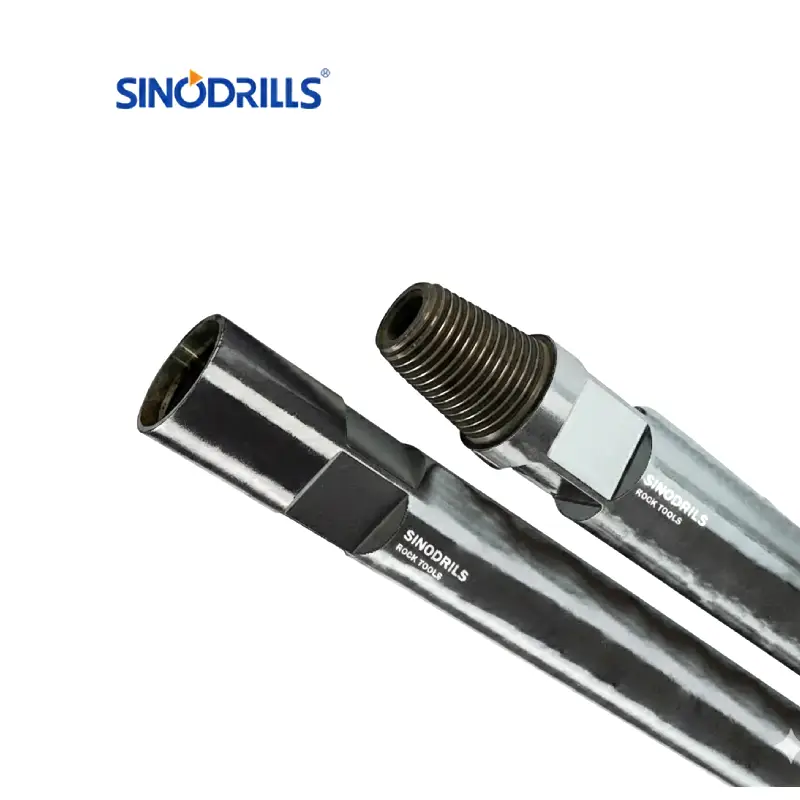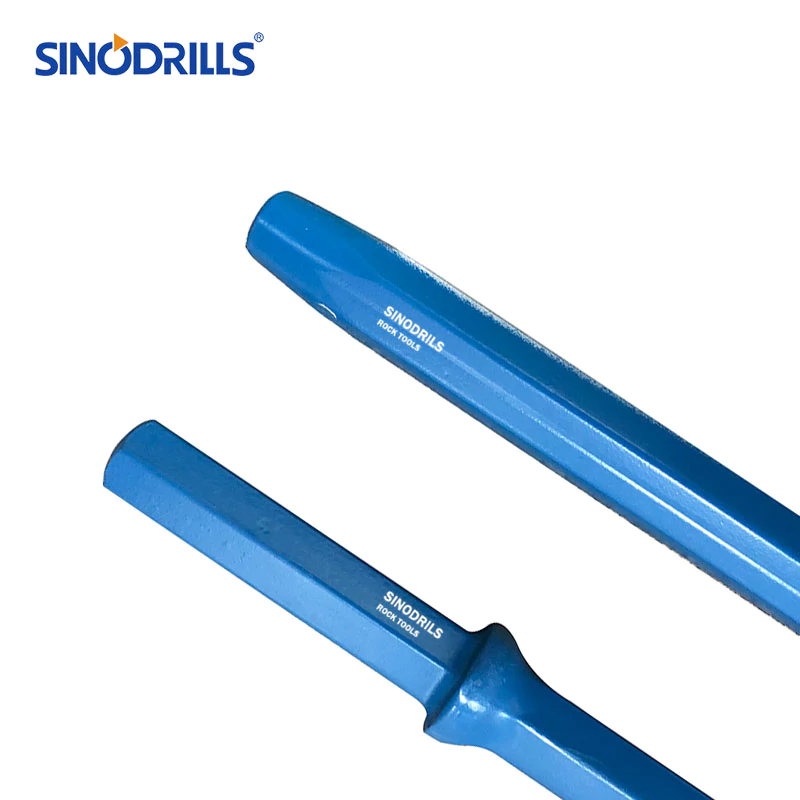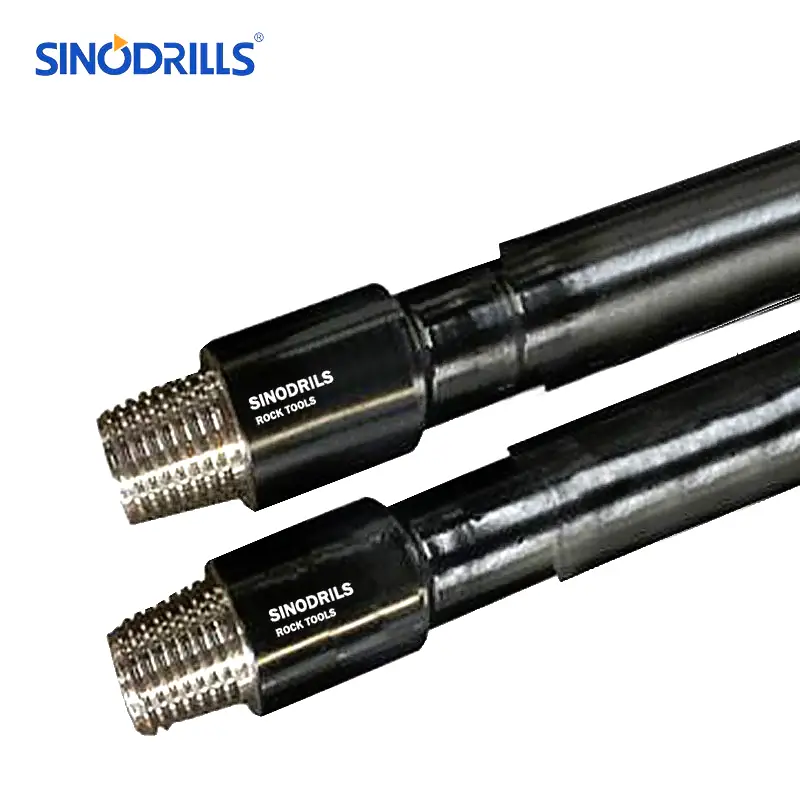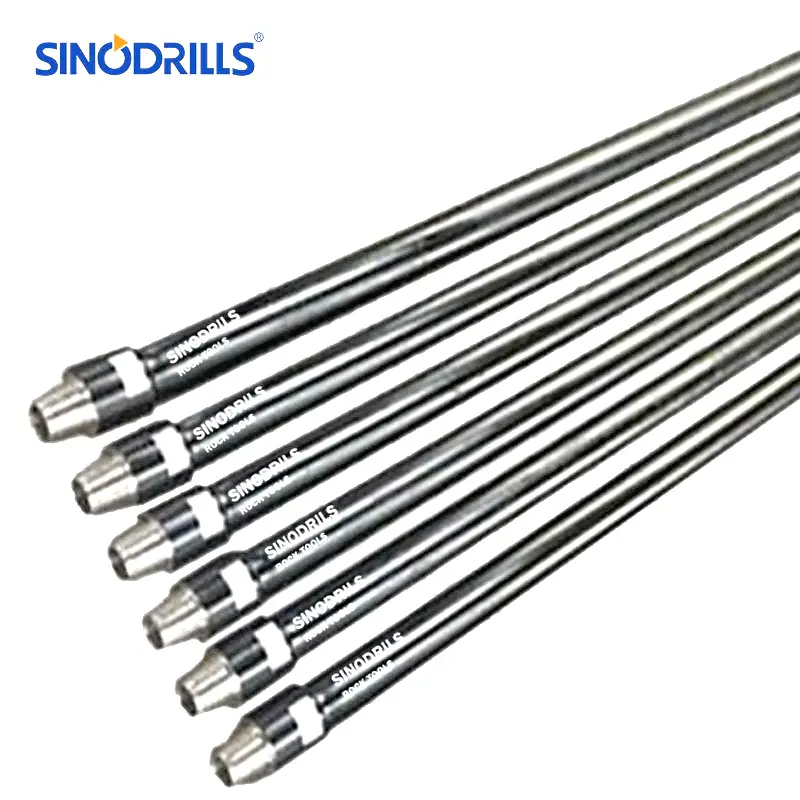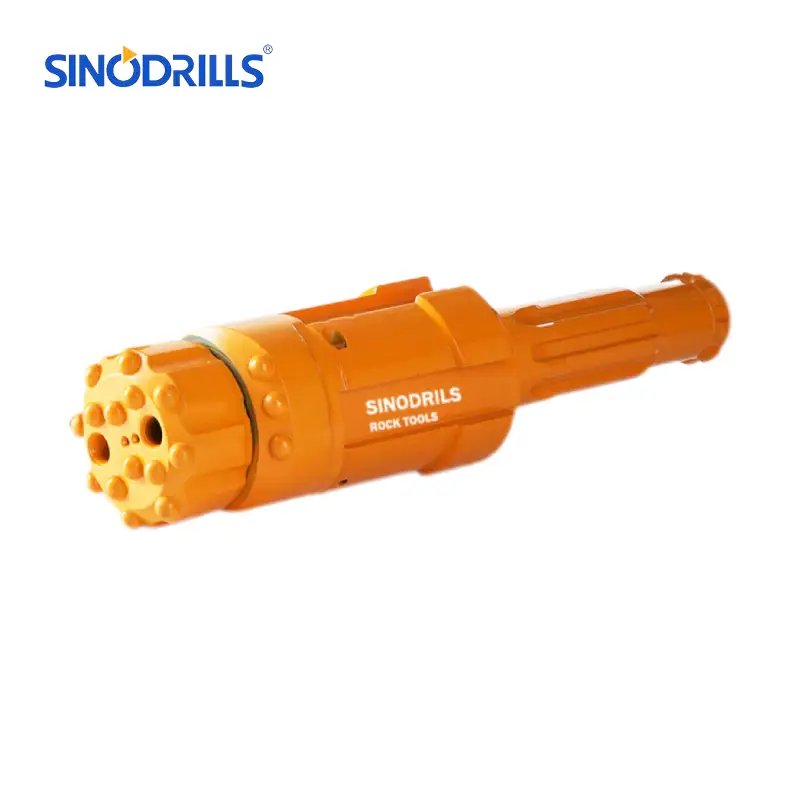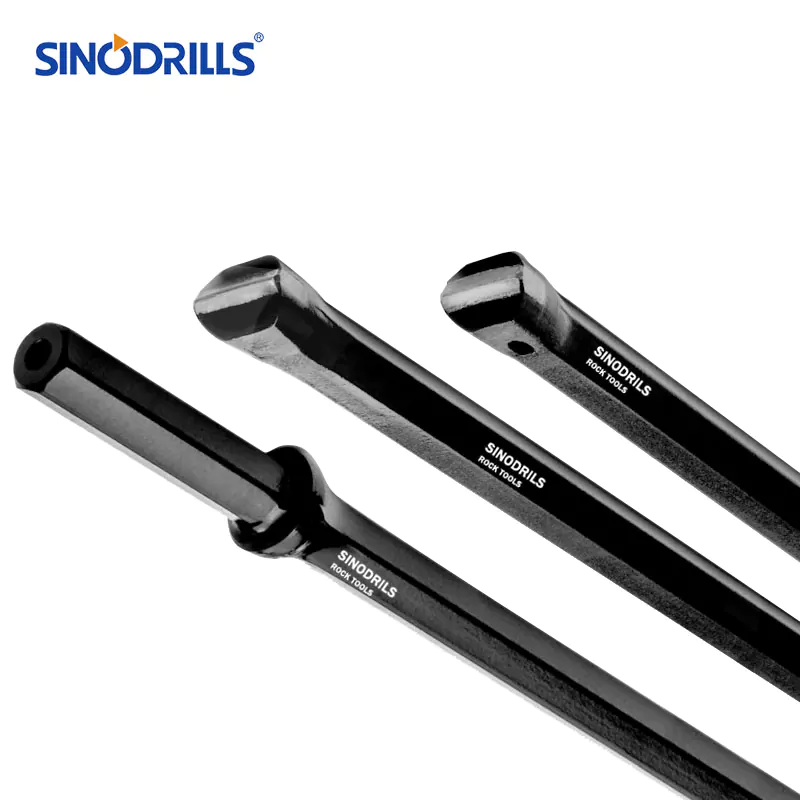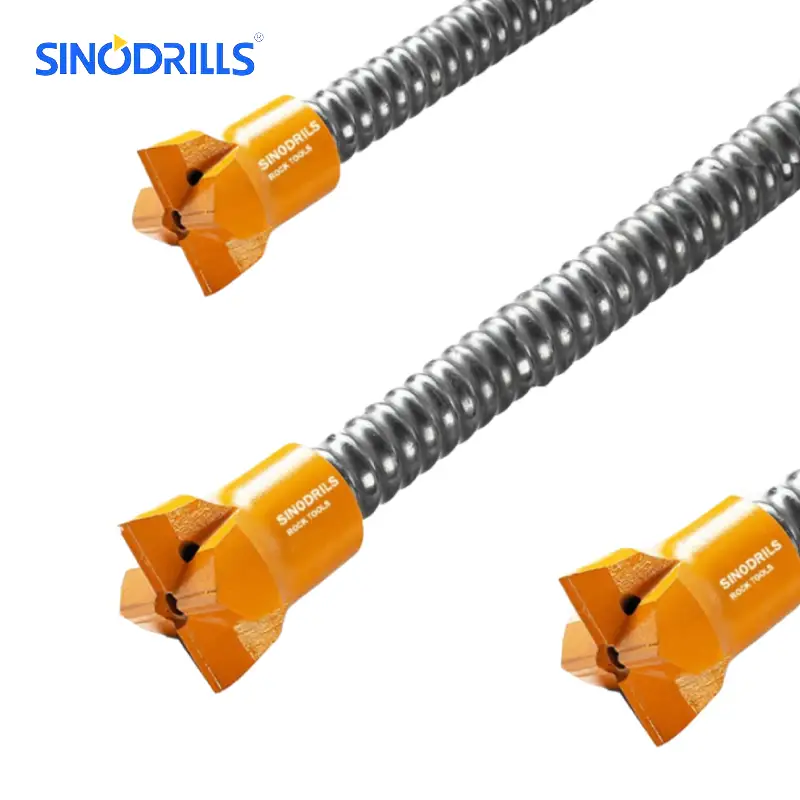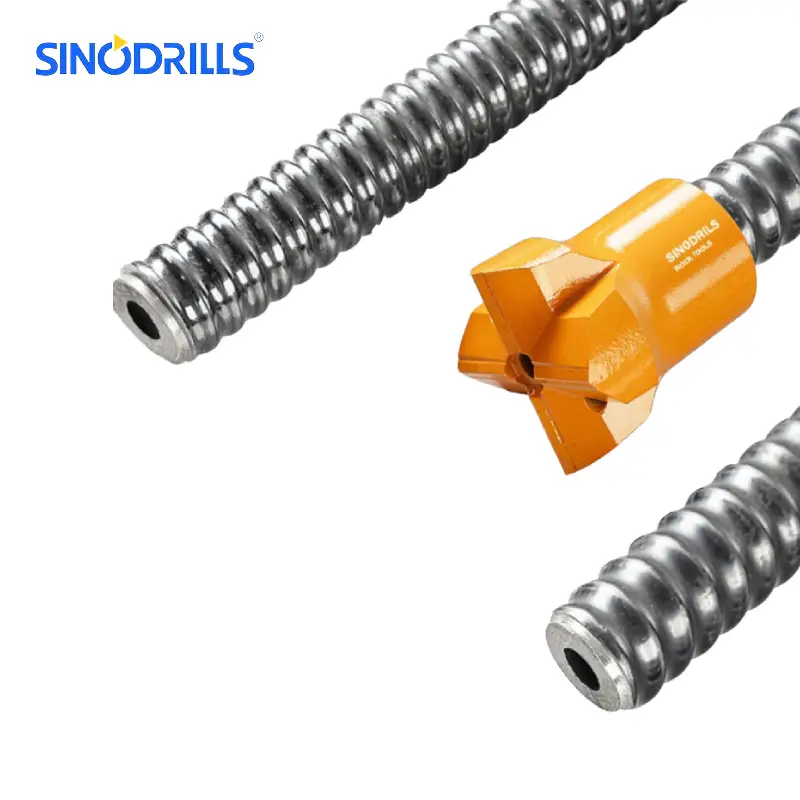Drilling a private well can be a significant investment, offering long-term benefits like reliable water access and independence from municipal systems. However, understanding the associated costs upfront is crucial for proper budgeting and decision-making. The price tag for a new well isn’t fixed; it varies widely based on numerous factors.
This guide will break down the key elements that influence the total cost of drilling a water well, from initial site assessment to the complete installation of your well system. By understanding these variables, you can better estimate the expense and plan your project effectively.
Well Drilling Cost Factors
The total cost of drilling a water well is influenced by a complex interplay of various factors, making it challenging to provide a universal estimate. These factors can broadly be categorized into geological conditions, well characteristics, and the components of the well system itself. Understanding these variables is essential for anyone budgeting for a new water well.
Key cost-influencing factors include:
- Geological Conditions: The type of rock or soil encountered (e.g., hard rock, loose sand, clay) significantly impacts drilling time and the type of equipment needed.
- Well Depth and Diameter: Deeper wells require more drilling time and materials, increasing costs. A larger diameter might also be more expensive.
- Location and Accessibility: Remote or difficult-to-access sites can incur higher mobilization fees for equipment and personnel.
- Permits and Regulations: Local and state regulations often require permits, inspections, and adherence to specific construction standards, adding to the overall cost.
- Pump System and Components: The choice of well pump (submersible, jet pump), pressure tank, wiring, and filtration systems can vary widely in price.
- Casing Material: The type of casing (e.g., PVC, steel) and the amount required depend on geological stability and water quality needs.
- Water Quality Testing: Testing the drilled water for potability and contaminants is an essential, often required, cost.
- Well Development and Sealing: Procedures to ensure clean water flow and proper sealing of the well to prevent contamination.
- Labor Costs: The wages for drilling crews, technicians, and other personnel contribute significantly to the total.
What Equipment is Needed to Drill a Water Well?
Recommended Well Drilling Tools
-
DTH Drill Pipes Standard
-
Fully Carburized Taper Drill Rods
-
GSE DTH Drill Pipe Atlas Copco-Ingersoll Rand T4 IRT4
-
GSE DTH Drill Pipe for SANDVIK/Driltech D25/D40K
-
Eccentric Overburden Casing Drilling Systems
-
Hexagonal Drill Extension Rods
-
Integral Drill Rods
-
R25 Self-Drilling Anchor Systems
-
R32 Self-Drilling Anchor Systems
Drilling a well requires a specialized array of tools and equipment, far beyond just the drill bit itself. The selection of these tools is critical to the efficiency, safety, and ultimate success of the well drilling project, as each component plays a vital role in penetrating various geological formations and constructing a reliable water source.
The ensemble of tools encompasses heavy machinery for drilling, various types of rods for depth extension and power transmission, specialized bits for different ground types, and essential equipment for well casing, development, and water extraction. The proper functioning and compatibility of these tools ensure the well is drilled to specification and provides a consistent water supply.
Key tools required include:
- Drilling Rig: The primary machinery for rotating the drill string and applying downward pressure.
- Drill Rods/Pipes: Connects the drill bit to the rig, transmitting rotational force and providing a conduit for drilling fluids.
- Drill Bits: Designed with various cutting elements (e.g., roller cone, PDC, hammer bits) suited for different rock and soil types.
- Drill Collars: Heavy, thick-walled pipes placed above the bit to provide weight and stiffness to the drill string.
- Casing: Steel or PVC pipes installed into the borehole to prevent collapse and seal off unwanted water zones.
- Well Screens: Perforated sections of pipe placed in the aquifer to allow water entry while filtering out sediment.
- Drilling Fluids/Mud System: Circulated to cool the bit, carry cuttings to the surface, and stabilize the borehole.
- Well Pumps: Submersible or jet pumps used to draw water from the well to the surface.
- Pressure Tanks: Stores water and maintains pressure in the well system for consistent supply.
- Logging Tools: Used to assess geological formations and identify water-bearing zones.
- Safety Equipment: Personal protective equipment (PPE), emergency shut-off systems, and fall protection.
How Much Does It Cost to Drill a Well?
The cost of drilling a water well can vary significantly, typically ranging from a few thousand to tens of thousands of dollars, depending on a multitude of factors. There isn’t a single fixed price, as each well project is unique to its location, geological conditions, and the specific requirements of the property owner. Understanding the components that contribute to the overall expenditure is key to anticipating and budgeting for your well.
The primary cost drivers include the depth of the well, the type of geological formations encountered (e.g., soft soil versus hard rock), the chosen drilling method, and the specific components of the well system itself, such as the casing, pump, and filtration. Additionally, regional labor rates, permitting fees, and site accessibility can also influence the final price tag.
Here’s a general breakdown of cost factors:
- Drilling Footage: This is often the largest component, charged per foot, varying significantly with ground type.
- Casing Material & Installation: Cost depends on the material (PVC, steel) and the length needed to line the well.
- Pump System: Includes the pump (submersible, jet), pressure tank, and all necessary plumbing and electrical work.
- Well Development & Testing: Processes to clean the well and ensure water quality and yield.
- Permits & Fees: Required by local and state regulations.
- Mobilization Fees: Cost for bringing equipment to the site, especially for remote locations.
Here’s an estimated cost about drilling well:
| Cost Factor | Estimated Range (USD) | Notes |
| Drilling (per foot) | $15 – $60+ | Varies by ground type (e.g., soil vs. hard rock), depth, and diameter. |
| Casing (per foot) | $5 – $20+ | Depends on material (PVC vs. Steel) and diameter. |
| Well Pump & Installation | $1,500 – $5,000+ | Submersible pumps generally cost more than jet pumps. |
| Pressure Tank | $300 – $1,000 | Essential for well system operation. |
| Well Cap & Seal | $50 – $200 | Basic components for well protection. |
| Well Development & Cleaning | $500 – $1,500 | Ensures optimal water flow and quality. |
| Water Quality Testing | $100 – $500+ | Essential for potability and contaminant analysis. |
| Permits & Inspections | $100 – $1,000+ | Varies significantly by local regulations. |
| Mobilization/Setup Fee | $500 – $2,000 | For transporting equipment to the site. |
| Total Estimated Cost | $3,000 – $25,000+ | Highly variable based on all factors, can exceed this for complex wells. |
Well Drilling Cost Calculator
A well drilling cost calculator is a valuable online tool designed to provide an estimated cost for drilling a new water well. By inputting key project specifics such as desired depth, location, and ground conditions, the calculator leverages pre-programmed data and common industry rates to generate a preliminary budget. This helps property owners prepare financially.
These calculators simplify complex cost estimations, offering a quick overview of potential expenses without requiring direct consultation with a driller initially. While providing a useful starting point, it’s crucial to remember that these are estimates; actual costs can vary based on unforeseen geological challenges or specific contractor pricing.
How to Drill a Well?
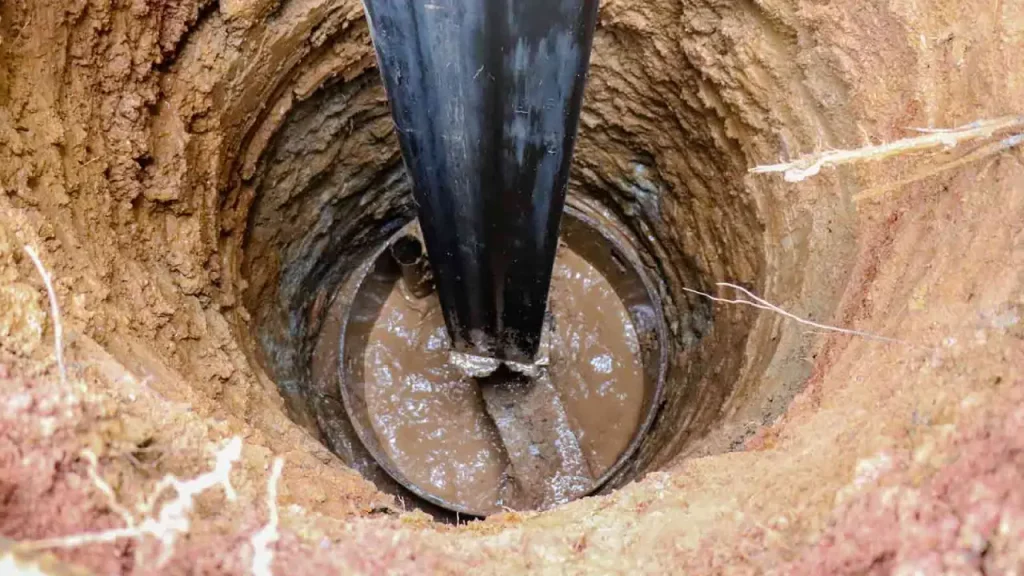
Drilling a well is a complex process requiring specialized equipment and expertise to safely access groundwater. It involves several distinct stages, from initial site assessment to final well completion, all designed to ensure a reliable and potable water source for your property.
Step 1: Site Selection and Permitting
The first crucial step involves carefully selecting the well’s location, considering factors like geological surveys, proximity to contamination sources, and access for drilling equipment. This often requires professional hydrological assessment to identify suitable aquifers and avoid environmental hazards.
Concurrently, obtaining necessary permits from local and state authorities is mandatory. This ensures compliance with regulations regarding well construction, water rights, and environmental protection, often requiring detailed plans and adherence to specific drilling standards before work can commence.
Step 2: Drilling the Borehole
Once permits are secured and the site prepared, the actual drilling of the borehole begins. Specialized drilling rigs use various drilling methods, such as rotary, percussion, or auger drilling—depending on the ground conditions and desired depth. The drill bit penetrates the earth, removing soil and rock cuttings to create the well shaft.
Throughout this process, drilling fluid (like water or drilling mud) is often circulated to lubricate the bit, stabilize the borehole walls, and carry cuttings to the surface. The drilling continues until the desired depth and a sufficient water-bearing aquifer are reached, indicated by geological signs and water flow.
Step 3: Casing and Well Screen Installation
After the borehole is drilled, well casing is installed. This involves inserting a durable pipe, typically made of PVC or steel, into the hole to prevent the well walls from collapsing and to seal off undesirable shallow groundwater or contaminants. The casing extends from the surface down to the water-bearing zone.
A well screen is then positioned at the bottom of the casing, within the aquifer. This specialized pipe section has slots or perforations that allow water to flow into the well while preventing sand, gravel, and other sediment from entering, ensuring a clean and continuous water supply.
Step 4: Well Development and Pump Installation
Well development is performed to remove fine sediments from the aquifer around the well screen, improving the flow of water into the well and increasing its efficiency. This can involve surging, bailing, or pumping techniques to clear the area and optimize water yield and quality.
Finally, the well pump system is installed. This typically includes a submersible pump (placed deep within the well), a pressure tank, and necessary plumbing and electrical connections to deliver water to the desired location. Water quality testing is then conducted to ensure the water is safe for consumption.
Conclusion
Understanding the various factors influencing well drilling costs is crucial for accurate budgeting and project planning. From geological conditions and well depth to pump systems and permits, each element plays a significant role in the final expenditure.
While initial costs can seem substantial, a private well often provides long-term savings and reliable access to water, making it a valuable investment for many homeowners and businesses. Careful planning and professional consultation are key to a successful project.
For all your well drilling needs, including wholesale well drilling tools, consider Sinodrills. We provide durable and efficient equipment to support your drilling projects, ensuring cost-effectiveness and performance.

